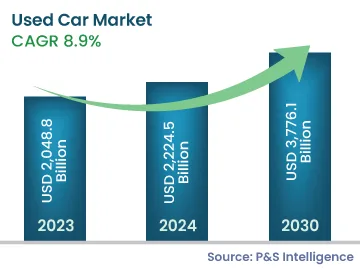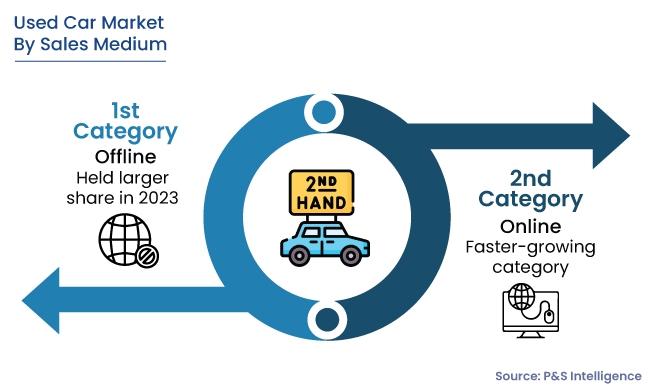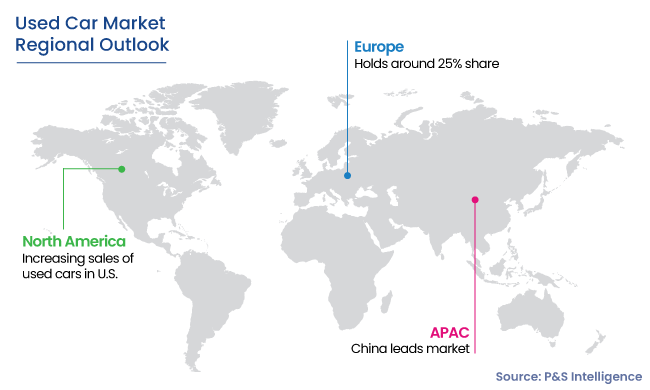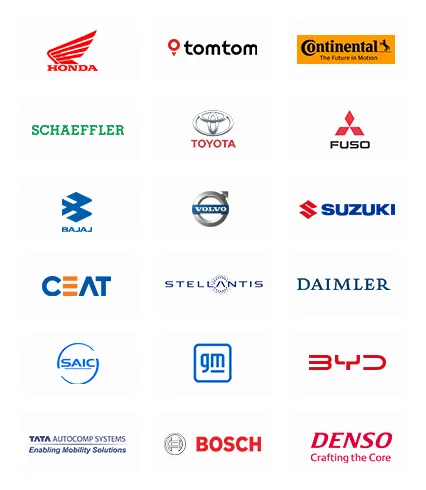Market Statistics
| Study Period | 2017 - 2030 |
| 2023 Market Size | USD 2,048.8 Billion |
| 2024 Market Size | USD 222,4.5 Billion |
| 2030 Forecast | USD 3,776.1 Billion |
| Growth Rate(CAGR) | 8.9% |
| Largest Market | North America |
| Fastest Growing Market | Asia-Pacific |
| Nature of the Market | Fragmented |
| Largest Sales Medium | Offline |





